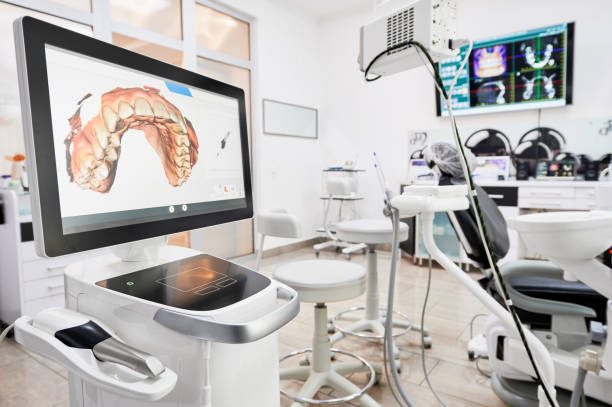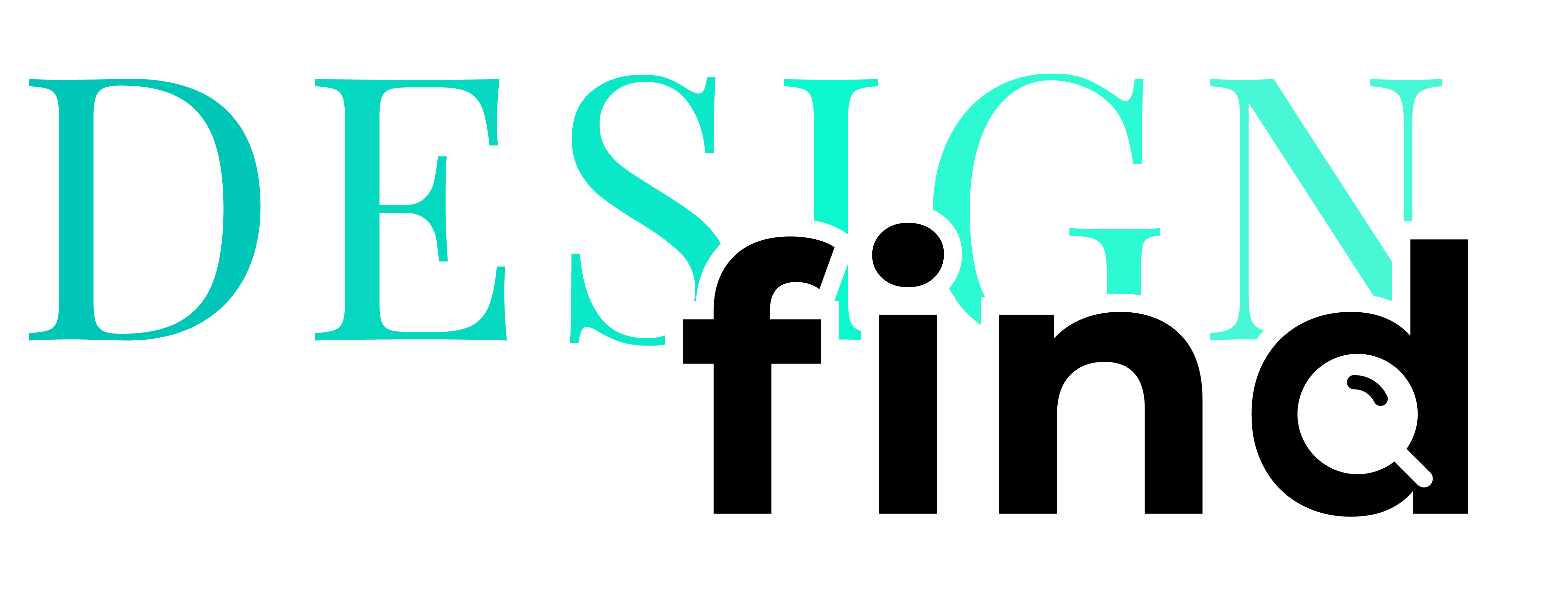
How Businesses Benefit from 3D Scanners
3D scanning supplies a selection of advantages for a variety of industries. However, to identify those advantages, it is essential first to understand the technology. A 3D scanner is developed to draw data, which includes measurements, from an item or atmosphere, commonly with the purpose of duplication. As you could imagine, this sort of technology provides a variety of data that contains in-depth insights regarding the item or atmosphere concerned.
Among the main reasons to include 3D scanners in an organization, especially one including manufacturing, is effectiveness. A 3D scanner could make a product’s design, growth, and production faster and extra efficient, partly due to boosted accuracy and precision. Additionally, the enhancement of 3D scanners allows the customization of a range of vital products, like medical gadgets and prosthetics. These customizations could lead to enhanced client fulfillment and comfort of use.
3D Scanners for Business
What Businesses Use 3D Scanning
Several industries presently employ 3D scanning for their necessary procedures. Quality assurance and evaluation are among the most common markets using 3D scanning technology. Since 3D scanning technology enables substantially raised accuracy and replicability, the quality control is not surprising. Also, the examination market has seen the worth in its fostering. Along with boosted uniformity throughout manufacturing, using 3D scanning as part of production also enhances the top quality as well as the speed of output.

One means you could see a 3D scanner for examination in action is with the development of specific 3D models for the produced components. These designs can work as examples for far better understanding and high-quality contrast items. These designs permit optimization of operations as makers could use them to extra proficiently plan and separate the production procedure of a product or product component. Consequently, these boosts add to streamlined assessment procedures.
Various other markets that often use 3D scanning comprise the aerospace, dental, automobile, and medical industries. In aerospace and vehicle, we see 3D information being utilized to develop CAD models of aircraft and autos, allowing for added accurate growth and layout. In the dental business, 3D oral scans enhance precision and convenience when checking a client’s teeth and mouth. A 3D check is a lot less intrusive than the traditional x-ray options. As well as in the more significant clinical industry, 3D scanning led to impressive advancements in prosthetics, dental braces, and implants. Individuals seeking such devices can live much more calm lives with more accurate and tailored tools to rely on.
Prototyping and reverse engineering are two primary ways we see 3D scanning technology utilized throughout markets. Prototyping with 3D printing involves scanning an item, translating the object’s information into an electronic map of the things, and printing a highly accurate 3D prototype of the item. Reverse engineering is the production of an article without access to CAD documents or other types of plans. Reverse design 3D scanners hope to regulate the geometric measurements of an object or setting, thus producing a new CAD application for an upcoming production or historical purposes.
